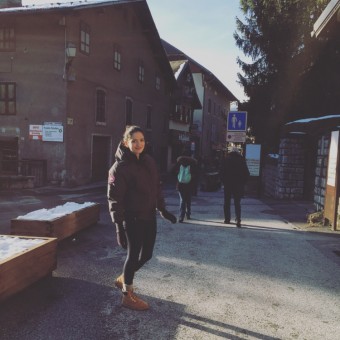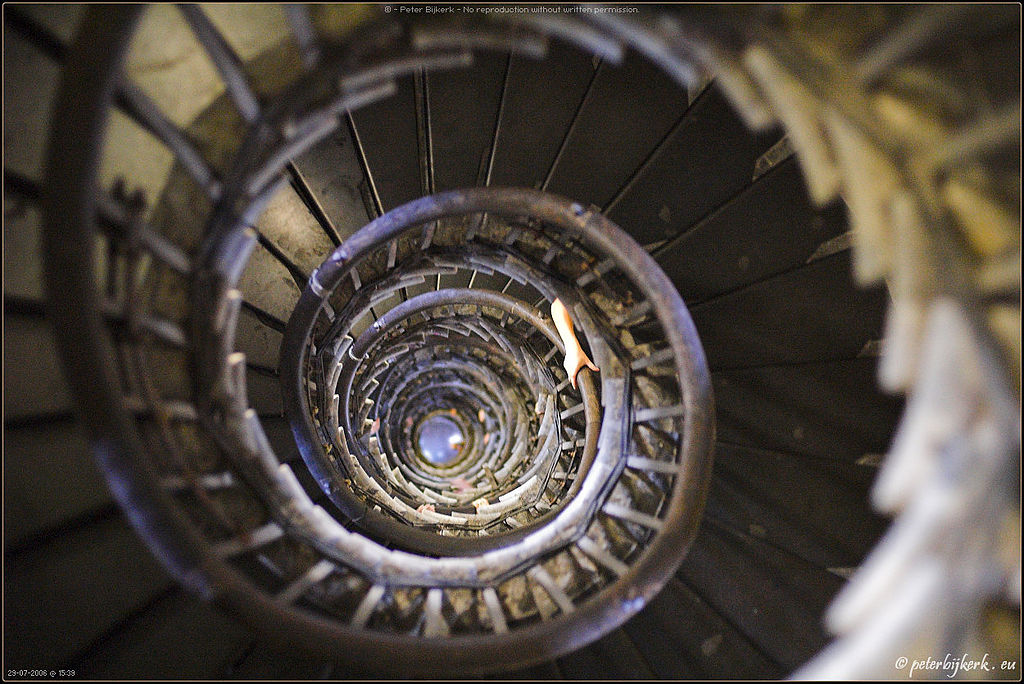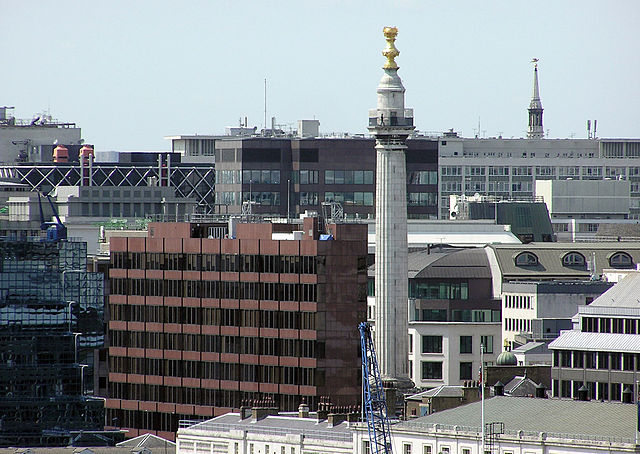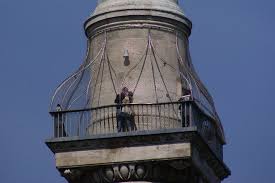
 PIN
The Monument
PIN
The Monument
Wren`s Lasting Tribute to the Great Fire
Just on the Bankside of London Bridge stands the Monument at the junction of Monument Street and Fish Street Hill in the City of London. It was built by Christopher Wren between 1671 and 1677 to commemorate the Great Fire of London and to celebrate the rebuilding of the City.
The conflagration began in a baker’s house in nearby Pudding Lane on Sunday 2nd September 1666 and finally extinguished on Wednesday 5th September, after destroying the greater part of the City - including most of the houses on London Bridge. Although there was little loss of life, the fire brought all activity to a halt, having consumed or severely damaged thousands of houses, hundreds of streets, the City’s gates, public buildings, churches and St. Paul’s Cathedral. The only buildings to survive in part were those built of stone, like St. Paul’s and the Guildhall. Arguably, a bonus of the blaze was to halt the advance of the Great Plague which wiped out a large proportion of the population
As part of the rebuilding, it was decided to erect a permanent memorial of the Great Fire near the place where it began. Sir Christopher Wren, Surveyor General to King Charles II and the architect of St. Paul’s Cathedral, and his friend and colleague, Dr Robert Hooke, provided a design for a colossal Doric column in the antique tradition. They drew up plans for a column containing a cantilevered stone staircase of 311 steps leading to a viewing platform. This was surmounted by a drum and a copper urn from which flames emerged, symbolising the Great Fire. The Monument, as it came to be called, is 61 metres high (202 feet) – the exact distance between it and the site in Pudding Lane where the fire began
The column was completed in 1677, and in accordance with Wren’s original intention, was at first used as a place for certain experiments of the Royal Society, but vibrations caused by ceaseless traffic proved too great for the success of these experiments and they were discontinued; thereafter the Monument became a place of historic interest, unique of its kind, providing visitors with an opportunity to look across London in all directions from a height of about 160 feet, being the level of the public gallery.
What to do at the Monument
There is only one thing you can do really – and that’s climb. The ever-changing views of The City are quite spectacular and it’s a real bargain at £4. It is a shame about the netting at the top but that’s Health and Safety for you. It is a 311 step climb and a bit of a tight squeeze but once you are there you will be rewarded by the panorama.
Finding the entrance is really easy, just walk around the column until you find the only door. There is a small booth where a member of staff will take your payment and then off you go. You will then find 311 step curved stairway that you will need to climb to reach the summit.
Located just outside Monument Underground station -it is unmissable. It was (probably) the tallest building in the world when it was built by Christopher Wren in the 1600’s, but now it is dwarfed by numerous neighbours like the Walky-Talky and the Shard. Check the weather before you go because you are liable to get drenched if you are caught top-side.
How to get there
By bus use numbers 17, 521, 21, 43, 133, 141, 48, 149 (all routes through London Bridge).
By train use London Bridge, Fenchurch Street or Tower Gateway DLR stations
By tube use Monument on the District and Circle lines or London Bridge on the Northern and Jubilee lines.
Tags
- History
- , Culture
- , close to river
- , City Central



 Facebook
Facebook Twitter
Twitter Tumblr
Tumblr Google+
Google+ Pinterest
Pinterest LinkedIn
LinkedIn









